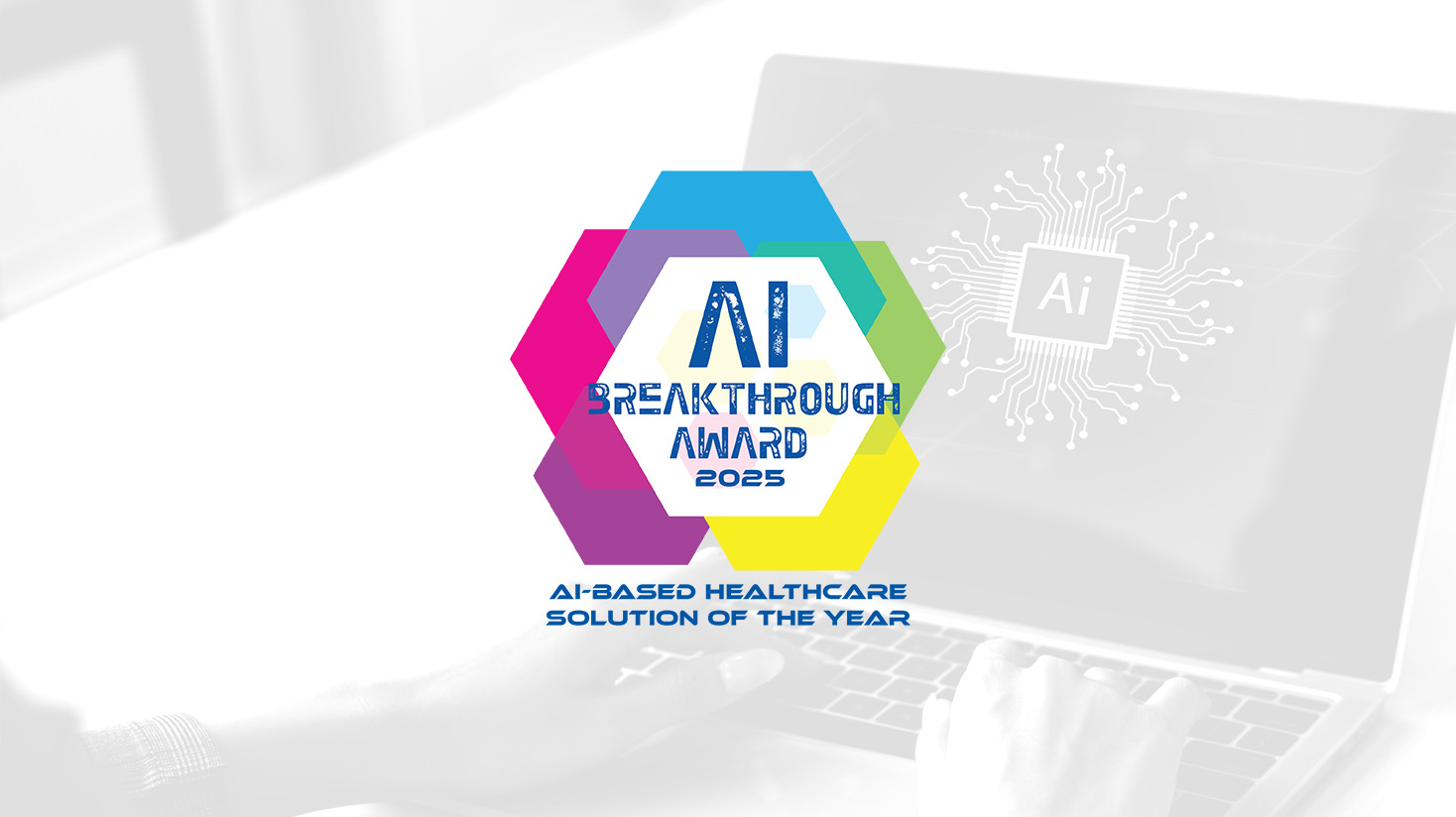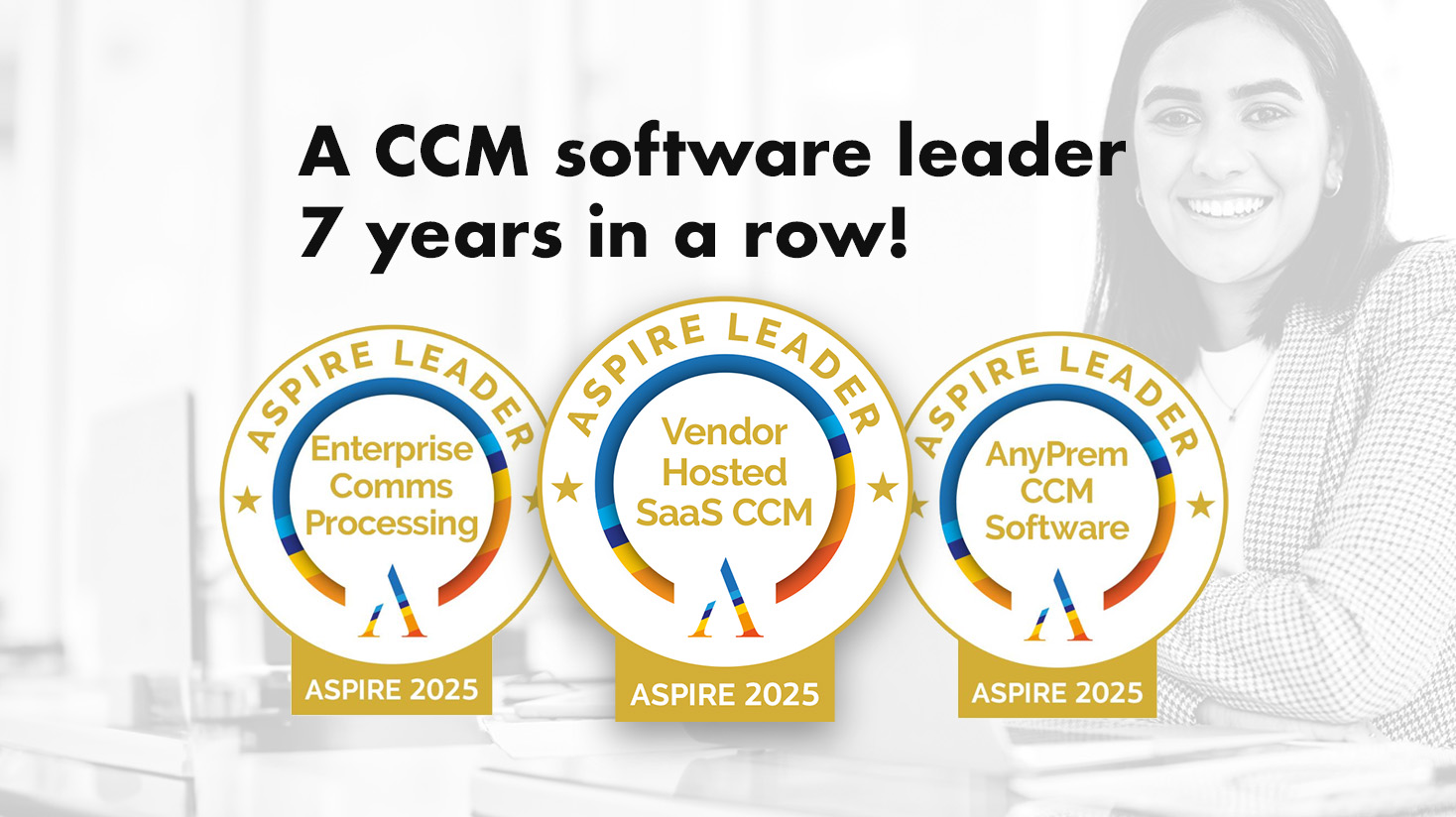Interested in seeing a demo?
Fill out the following information (please ensure you provide some detail on the problem you are looking to solve or the Messagepoint product you are interested in).

The Annual Enrollment Period (AEP) is a critical time when Medicare Advantage Organizations (MAOs), need to update their member materials—such as the Annual Notice of Change (ANOC), Evidence of Coverage (EOC), and Summary of Benefits (SB)—to include the latest regulatory language and benefits information before distributing them to members. The more plans an MAO offers, the greater the complexity and effort required to prepare these documents on time while ensuring their accuracy and compliance.
Following a series of acquisitions, one of the nation’s leading health payers—offering hundreds of plans and serving millions of members nationwide—faced significant challenges in preparing their member materials for the AEP. Manual processes and siloed operations created a yearly cycle of inefficiency and intense pressure, with teams often working late nights and weekends to ensure they met the CMS deadline. When a new Vice President of Product took over the Medicare Advantage business, she saw an urgent need to find a better approach.
The organization had a variety of tools and processes in place that were not equipped to handle the scale and complexity of their operations:
The organization lacked a unified process for managing AEP materials, with each team using its own distinct set of templates, tools, and workflows, each with unique inefficiencies and limitations.
Some teams managed plan materials in Microsoft® Word®, with each plan requiring its own separate set of ANOC, EOC, and SB templates. Since much of the same content, such as benefit descriptions, logos, and cost-sharing details, is reused across plans, teams were often forced to make the same updates repeatedly across hundreds of files. Every edit required manually opening, updating, and saving each document one by one, increasing the risk of inconsistencies and consuming valuable time.
Other teams outsourced plan document updates to a third-party vendor, but unpredictable turnaround times slowed the process and made last-minute CMS or internal changes difficult to accommodate, adding stress and uncertainty to an already time-sensitive process.
The organization’s Plan Benefit Package (PBP) data, a CMS-required file that outlines the benefits and cost-sharing details included in their plans, needed to be processed by an external vendor before the team could incorporate it into member materials. This meant teams often didn’t receive their finalized data until weeks after the submission deadline. As a result, timelines were compressed for critical processes such as translation, 508C remediation, and large print production, which resulted in increased vendor fees for rushed work and added pressure on their already overburdened teams.
Without a centralized system in place, tracking and managing the process was difficult. Teams relied on email chains and spreadsheets for coordination, making it hard to assign and balance workloads and maintain visibility into project status. With multiple teams and departments making changes to documents simultaneously, tracking changes and ensuring that everyone was working from the latest version was also a constant challenge.
The seasonal workload was so intense that the organization had to hire a significant number of temporary staff each year and enforce a five-month vacation blackout period for teams involved in AEP preparation. Employees routinely worked late nights and weekends, leading to high levels of stress and burnout.
The organization sought a solution which could automate and simplify their AEP prep. After evaluating several options, the team selected Messagepoint Healthcare Touchpoint Exchange, a purpose-built SaaS solution designed to streamline the creation and annual updates of Medicare Advantage materials. They chose Messagepoint for the control it gave them over the process, enabling them to work with the same PBP data they submitted to CMS, eliminating the need for conversion. With hundreds of plans to manage, they saw the ability to dynamically apply changes across multiple documents and automate CMS model updates as essential to improving efficiency. Additionally, Messagepoint’s collaborative SaaS environment and integrated QA tools provided the visibility needed to track the process and ensure the project stays on track.
The organization also valued the option to leverage Messagepoint as a managed service, which allowed them to offload content updates to a team of experts for the upcoming AEP while their team gained the experience and confidence to take over the solution when ready.
Messagepoint’s pre-built CMS model documents give the organization a significant head start on AEP materials preparation. The platform provides annually updated English and Spanish ANOC, EOC, and SB templates, eliminating the need for teams to make these updates themselves.
Messagepoint’s integration with the CMS PBP database ensures that critical plan data is available as soon as it is submitted to CMS’s Health Plan Management System (HPMS), removing the bottleneck of waiting for upstream data transformation. When CMS transitioned the HPMS from a Microsoft Access®-based system to a new web-based, API-first platform for PBP submission in 2023, Messagepoint quickly developed a new capability to directly ingest the resulting JSON files—a change that would have previously caused weeks of delays and additional effort for the organization to accommodate.
The organization can now dynamically generate ANOCs, EOCs, and SBs for hundreds of plan variations, which include up-to-date Medical Benefits Charts, Cost Sharing Charts, and supplemental benefit details. This eliminates the need to manually enter PBP data into individual document templates, which is far more efficient and helps ensure that new plan materials accurately reflect the organization’s bid submission.
With Messagepoint’s modular content management, the organization now manages common content—such as benefit descriptions and customer service information—as reusable content objects controlled from a single point of change. Instead of manually updating documents one by one, teams can now make an update once and apply it instantly across all relevant materials. This ability to update content at scale has made it significantly easier to handle last-minute benefit changes or late memos from CMS and saved their team approximately five weeks of manual effort during the AEP cycle.
Messagepoint’s QA Module has improved the organization’s ability to track, manage, and verify document changes with greater accuracy. Real-time dashboards and automated reports provide real-time visibility into task status and workloads to managers, enabling better planning and resource allocation. Version control ensures teams are always working from the latest updates, while integrated task management streamlines issue resolution. Side-by-side comparisons and a complete audit trail reduce the risk of errors and simplify oversight across hundreds of plan materials.
The organization partnered with Messagepoint’s expert Medicare Advantage translation team to handle Spanish translations for all plan materials. Messagepoint’s team of certified translators now provides fully compliant translations, along with notarized certificates of accuracy and attestation. As a result, translations were completed 5-7 days after English content is finalized—down from 4-5 weeks previously—and translation costs have been cut by over 75%.
Messagepoint can automatically generate 508C-compliant and large print PDFs in both English and Spanish, eliminating the need for manual remediation and reducing reliance on expensive vendors. This has made it significantly faster and easier for the organization to meet accessibility requirements and reduced the costs associated by over 60%.
By adopting Messagepoint Healthcare Touchpoint Exchange, the organization transformed AEP materials preparation from a stressful, labor-intensive workflow into a far more streamlined and controlled process.
Teams no longer had to update documents manually or manage separate sets of templates, significantly reducing the strain on staff and saving approximately five weeks of manual effort. Spanish translations were completed within one week following the finalization of English content, while translation costs have been reduced by over 75%. Automated production of 508C and large-print materials also became faster and far more cost-effective, with remediation costs reduced by over 60%. Streamlined QA processes enabled the team to reduce temporary staffing by 50% without risking CMS deadlines. The organization also saw a meaningful improvement in work-life balance. Their teams experienced less stress, fewer late nights and weekends, and the vacation blackout period was reduced from five months to just eight weeks.
With Messagepoint’s training and support, the team successfully transitioned from relying on managed services to independently managing content updates within the platform. Building on their success and positive team feedback, the organization expanded its use of Messagepoint to support D-SNP plans for the first time this year and plans to scale further across additional states and documents in the next AEP cycle.

Prestigious International Annual Awards Program Honors Standout AI Companies & Solutions LOS ANGELES, Calif., June 25, 2025 –…
Read the Article
Generative AI streamlines translation of member communications and documents for Medicare Advantage Organizations TORONTO – January 15, 2025 –…
Read more
Messagepoint was recognized as a Leader in the 2025 Aspire CCM-CXM Technology Vendors Leaderboard for the seventh consecutive…
Read the article